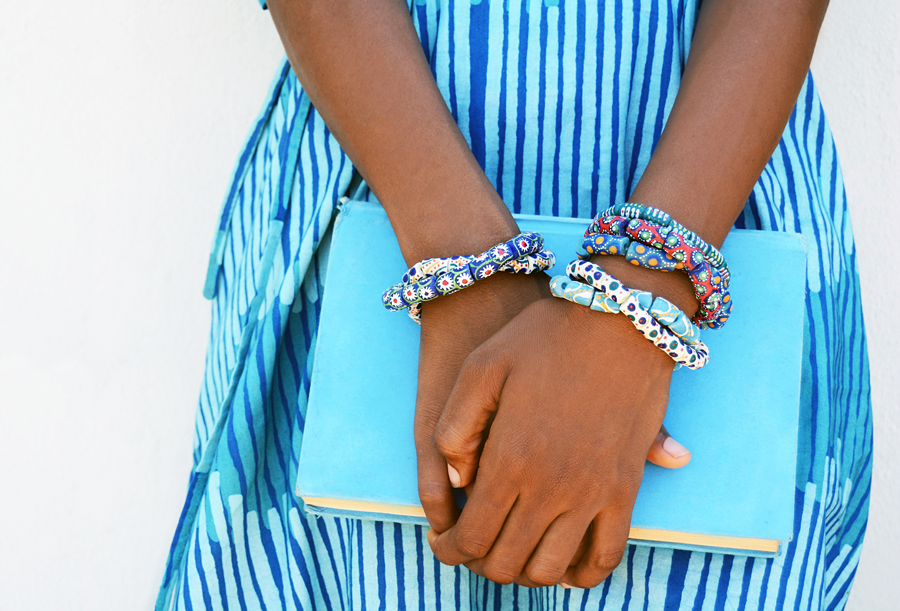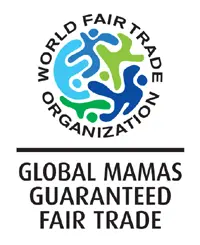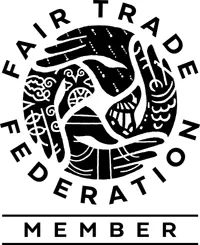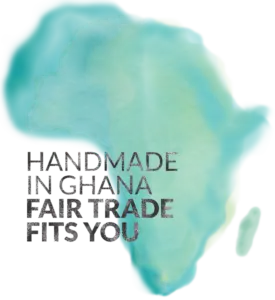Saeunn Gisladottir, Marketing Volunteer
Each year the Fashion Revolution grows and it’s exciting to see increasing numbers of consumers wanting to move away from fast fashion and begin making more conscious choices about where they spend their dollars. Like you perhaps, they’ve started looking into who made their clothes, and what their purchases are contributing to—one-sided profits for big business executives at the top of the supply chain, or a fair and steady income for the actual makers and their families.
Ethically you may be on board with the slow fashion model, but as you start looking for options you may find yourself coming up short. The expense may start feeling prohibitive, or you may feel your options are limited.
After spending all week thinking about the Fashion Revolution we thought we’d share some tips we’ve found useful in transitioning our own shopping habits over time.
Start Small
Deciding you want to become more aware of your buying habits as a consumer doesn’t mean emptying out your closet and restocking it with ethically produced products. Wear what’s in your wardrobe, love what you have, then when you need to replace something, or purchase a piece for an event or special occasion, search the fair trade labels you know, check out the suggestions of your favorite bloggers (ideas below!) and see what you can come up with.
Other alternatives might be checking your local thrift stores, favorite vintage shop, or online secondhand retailers like ThredUp that place a huge variety of gently used garments at your fingertips. Buying used garments gives them an extended life before they end up in a landfill and may allow you to wear brands whose fit you enjoy but ethics you don’t want to support directly. As your collection shifts, eventually your fast fashion pieces will become redundant and be replaced by more ethically conscious pieces …but this doesn’t have to happen in a day!
Rethink Your Strategy
In fast fashion when you’re looking at a garment and find yourself thinking “That price is just TOO good to be true!”…chances are, it IS too good to be true. Unfortunately, more often than not, someone further up the supply chain is feeling the financial impact of your savings. Making the shift from shopping rock bottom prices, to buying from ethical fashion labels that are ensuring a fair living wage to their producers means that the price tags you’re shopping will, inevitably, look a little different.
If you’re shopping on a budget, what this may mean is only buying pieces you really need and will use to their full extent. Buying a dress for a higher cost, but that you will wear more frequently than a cheaper option, will pay off in the long run.
In addition to helping your pocketbook, purchasing garments in smaller numbers also has a positive environmental impact. In her book To Die For: Is Fashion Wearing Out the World, Lucy Siegle suggests the thirty time rule: not buying anything unless you can imagine yourself wearing it thirty times. This certainly poses a challenge to society’s shopping norms and goes against all the advertising—but we know you can do it!

Find Your Price point
As with any market, within the ethical shopping sphere there are brands with garments available for a range of price points. Price is impacted by how a business functions, the size of their style runs each season, the distance they’re shipping, import/export taxes, the materials they’re using, etc.…there are a vast number of unseen variables going into how they determine their retail price. With a growing number of socially conscious fashion businesses located around the world we truly believe you have financially accessible options—though it may take time to find them.
If there’s a brand you truly love but you can’t find anything in your price range, another option to consider is joining their mailing list to be alerted to special offers and upcoming sales. The producers have already been paid in full when fair trade items go on sale which means the artisans you’re trying to support aren’t being directly penalized by your savings.
-1024x720.jpg?_t=1615507350)
Where to Begin Searching
With an abundance of information on the internet, it can be hard to know where to start when looking for the right label to shop. One verification consumers can feel confident in is the World Fair Trade Organisation’s (WFTO) Guaranteed Product Label. This label is an internationally recognized status attained by WFTO members after an extensive external audit. With this label consumers know that Guaranteed Members like Global Mamas and People Tree are 100% fair trade and fully dedicated to a transparent and accountable supply chain.
Other businesses are members of regional ethical trade organizations like the Fair Trade Federation (FTF) that focuses on North America. Although these members have not had in-country audits with their producers (as with the WFTO Guarantee), each year they reaffirm their dedication to the principles of fair trade and a board reviews their business practices. You can browse the FTF partner list here.
Fashion Revolution and Ethical Consumer have also partnered up to publish a Fashion Transparency Index which ranks companies according to their level of transparency based on self-declared answers on a questionnaire and publicly available information about their supply chain. The index is a research and communication tool, not an auditing measure, and it surveys 100 of the biggest global fashion companies.
If you want to dig deeper in your search there are additional independent brand-ranking organizations such as KnowTheChain, Rank A Brand, and Project Just, where you can learn how the brands you already shop rank on different issues. Keeping in mind that no data is perfect it can be good to compare a few different rankings to get a more accurate picture.
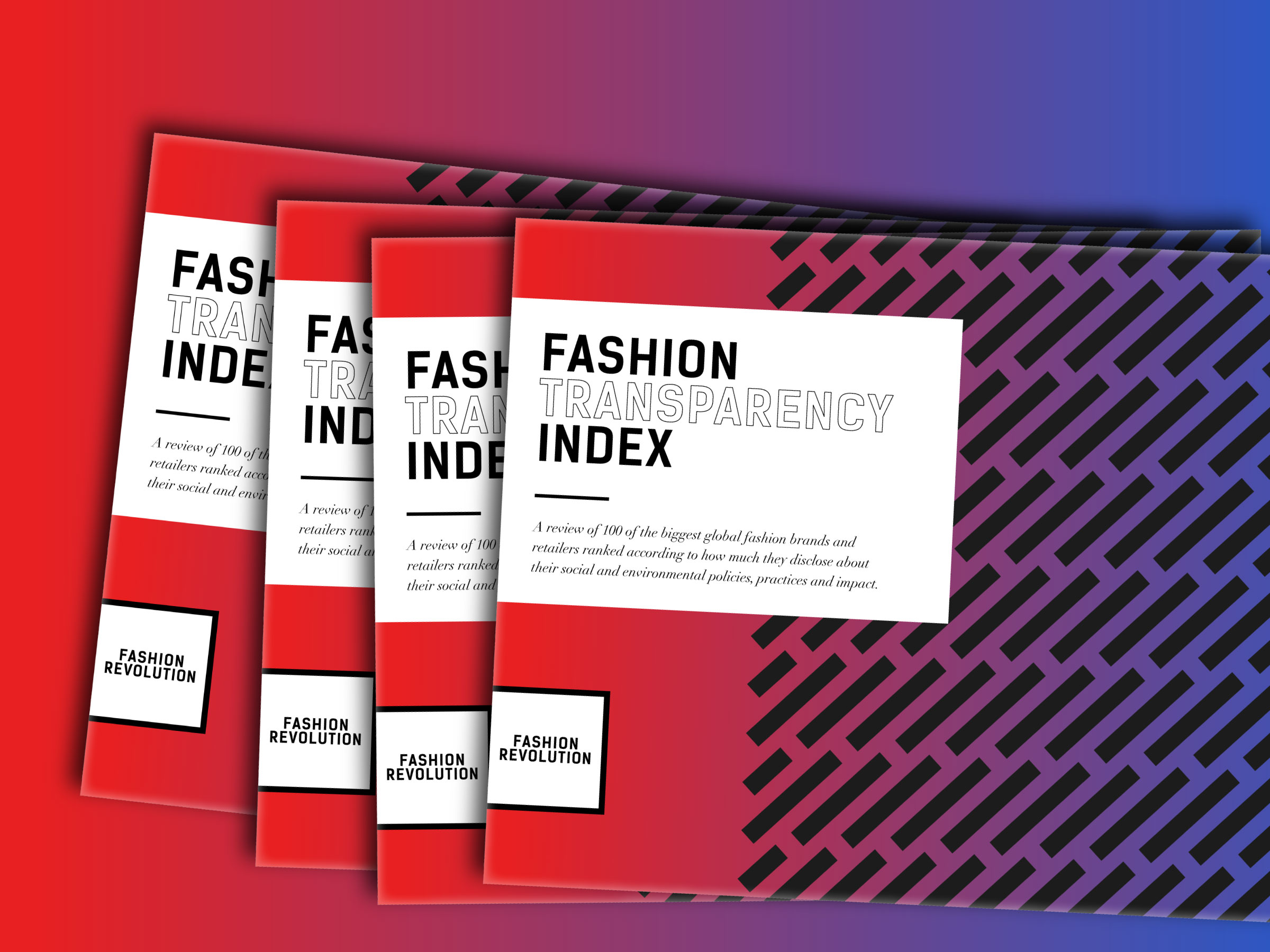
Bloggers Lead the Way
Rather than “reinventing the wheel”, another great resource are the wonderful fashion bloggers that specialize in ethical clothing. They can inspire you with creative outfits and tips on how and where they’ve gone about finding solutions that work with their lifestyle. Some great blogs to check out are The Peahen and Sustainably Chic.
Shopping ethically will take a bit more time and work, it is nevertheless a decision you will not regret. Read more about the real individuals who made your clothes through resources like our “Meet the Mamas” page and we guarantee it will immediately validate going the extra mile to curate your wardrobe.
Some useful sites for ethical shopping (though not always FTF or WFTO members):
The Good Trade– Online publication for ethical shoppers based in LA
Better World Shopper– Providing environmental and social impact of a wide variety of businesses

